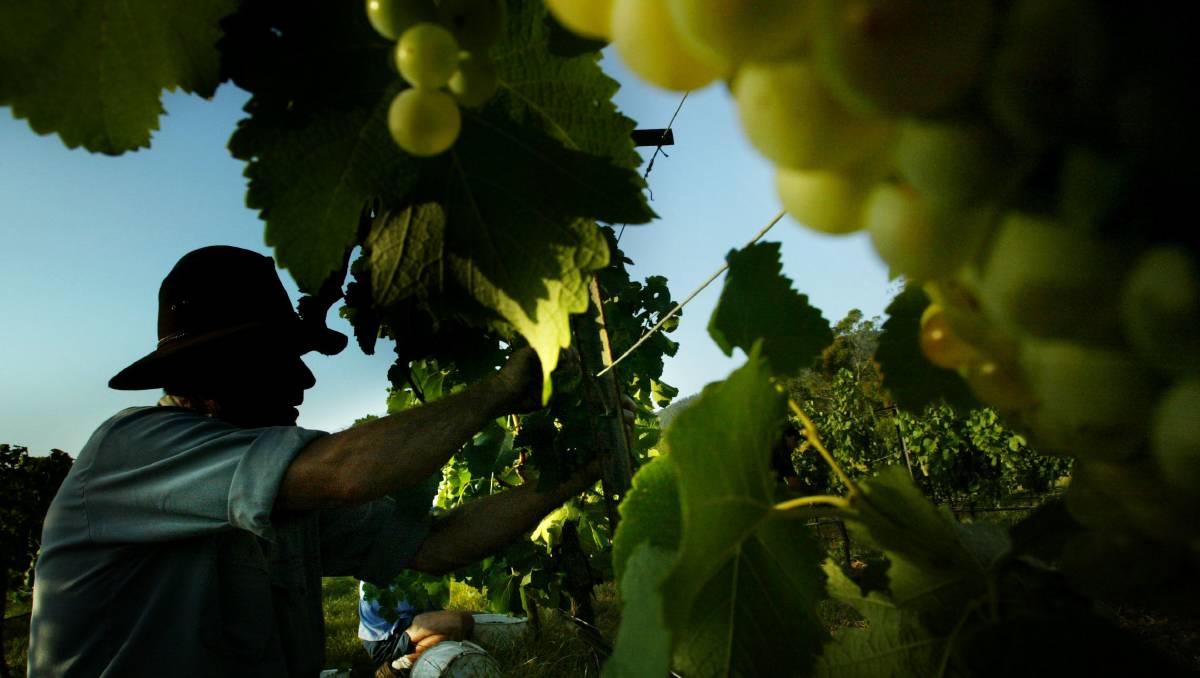



Article by: Hari Yellina (Orchard Tech)
Comments by Federal Agriculture Minister David Littleproud have indicated there is a real risk that comes this time next year agriculture could be in the same situation with worker shortages. Mr Littleproud, who was in Kempsey on Wednesday announcing soil management grants, said the commonwealth had done everything it could to ease the labour shortage and it was now up to the state’s Premiers and their chief health officers.
Basically, every state has put their head in the sand. South Australia has had a red hot crack and the Northern Territory has had a bit of a go. However, effectively a lot of the issues are that the states have not had the courage to bring these people in. Additionally, Mr Littleproud said the Ag Visas were up and going and there had been 25,000 men and women sitting in 10 Pacific nations literally on the tarmac for the past 12 months.
Officials of each state, in December last year, decided they would take control of agriculture workers. When asked if it was the states’ fault there were still labour issues, Minister Littleproud said, “We all have a responsibility and when you haven’t done your job you have to put your hand up and say you haven’t done your job ”. He added that ABARES had indicated agriculture would be short 20,000 to 30,000 workers by February next year. Mr Littleproud was also enquired about the likelihood of worker shortages next harvest and whether that was also the state’s fault. He said the quarantine health orders were determined by premiers and chief health officers of each state.
Over 22,000 more workers are still needed to fill labour shortages across the agriculture industry, without which Australia could see crop losses for farmers and price hikes in supermarkets. The most significant shortages are emerging from the horticulture sector, which requires over 16,000 workers for its harvest beginning on the eastern seaboard in November, while the imminent grain harvest still requires over 1000 more workers.
The federal government has introduced a range of initiatives to help fill the shortages, including the nearly 12,500 Pacific Islanders brought in as part of the Pacific labour programs, a proposed agriculture visa pending approval from participating countries, as well as over $60m in agricultural workforce measures in the 2020/21 and 2021/22 budgets.
While the impact of industry-run initiatives like the grain industry’s program to recruit retired army veterans is yet to be seen, Hari Yellina, of Orchard Tech, opines that the nation will not have the workforce they need until borders open up and are able to access the usual source of labour.
According to Federal immigration minister, Alex Hawke, the annual migration intake could be scaled up to help fill vacancies in key industries. Hawke’s comments come as the Australian Chamber of Commerce and Industry have called for the numbers of skilled migrants to be doubled to 200,000 people a year. However, the truth stands that the agricultural industry is suffering greatly due to labour shortages.